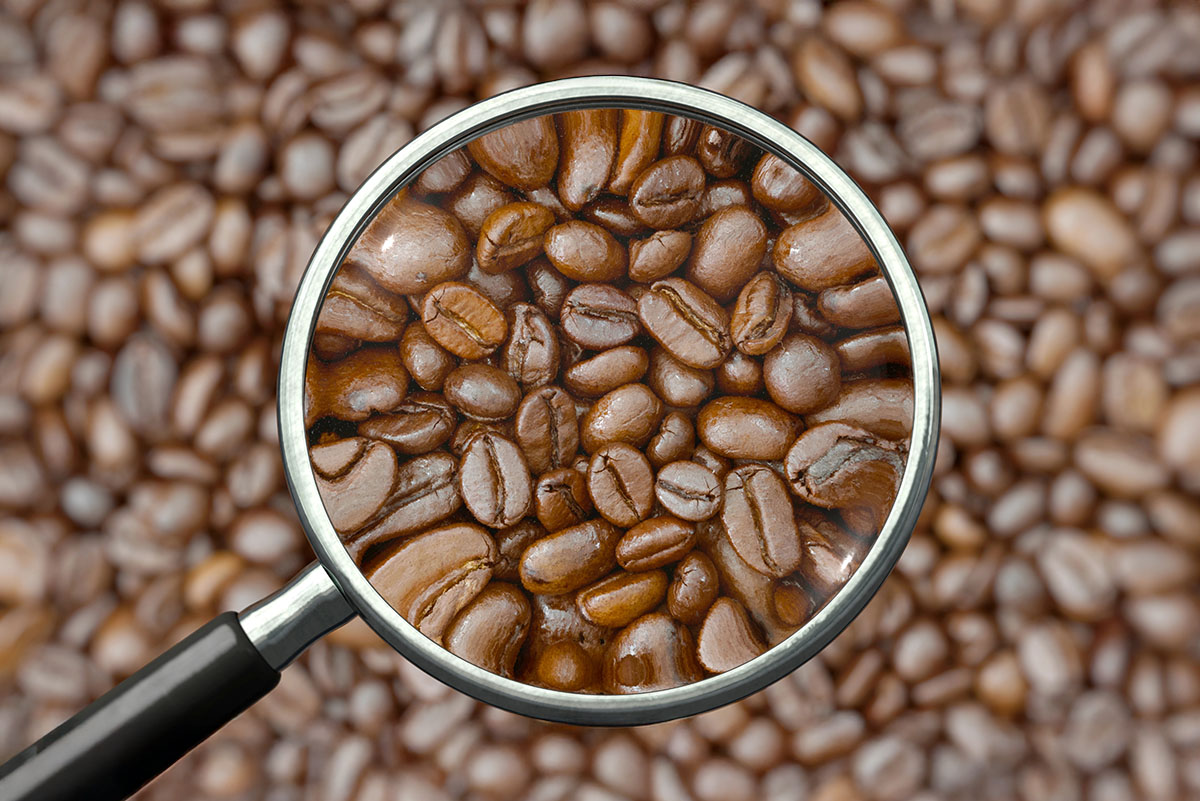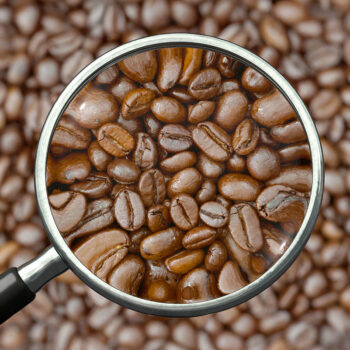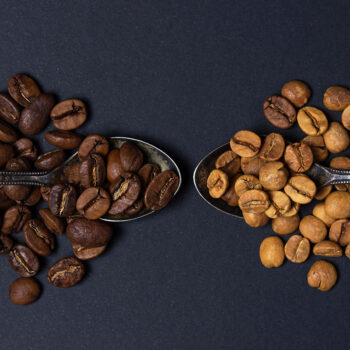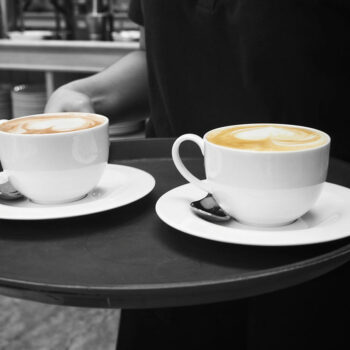Whether you are just beginning your coffee tasting journey, or are already experienced in cupping, there are many ways to get the most out of tasting your coffee. There are three prerequisites, however. First, you must enjoy coffee. Second, you must have functional taste buds. Third, you must be able to sip on the wild side and be curious about coffee.
What is Cupping?
You have probably heard of the specialized procedure called cupping. Many coffee shops will have cupping events, but you don’t need to attend one to get the most maximum experience out of tasting your coffee. The most important things needed to get the true flavor of coffee are clean water, fresh beans, and consistent grind.
The Scent of Coffee
Evaluating your coffee is a multi-sensory experience. Your olfactory system plays a big role in how you process flavors. When using your nose, smell in this order: First the whole beans, next the ground beans, then the bloom, and finally the cup. Ask yourself if the smell is earthy, spicy, floral, or nutty. The consistency of the coffee can change the scent.
The Taste of Coffee
There are four main things to look for when tasting your coffee: Sweetness, Acidity, Body, and Cleanliness. A great cup of coffee has complex layering of flavors in harmony, an exceptional timing of flavors, and a dependable flavor as the temperature changes.
- Sweetness: When evaluating the sweetness, you’re looking for the quality and the type of sugar that is used. Does the flavor come from white or brown sugar, molasses, honey, or caramel? Anyone who has tasted sugar and honey knows that even though they are both sweet, they have two entirely different flavors.
- Acidity: The acidity of coffee is not the same thing as something being acidic, which refers to its PH level. In coffee, the acidity is known as its “brightness.” These flavors will leave a clean feeling on your tongue. These flavors include citrus, blueberry, lemon, strawberry, watermelon, and even tomatoes.
- Body: When evaluating the body of coffee, you are looking for another aspect of taste. The coffee body will be heavy, light, watery, or smooth. The body of the coffee could be thought of as the different types of milk. Skim milk has a more lighter, watery taste than the heavier tasting whole milk.
- Cleanliness: The last thing to evaluate when tasting coffee is the cleanliness. With cleanliness, you are looking for the taste the coffee leaves on your palate after it is no longer in your mouth. Is it a harsh feeling that leaves a bitter, acidic, or smokey flavor? Or, is it a clean flavor that leaves you with a neutral palate?
How to Practice Tasting
When evaluating coffee, sit in a quiet place and take notes. Develop your own spectrum because even though human taste buds are created to taste similar flavors, nobody has the same palate or preferences. Explore flavors that you might find in coffee in the raw. You are not going to know if coffee tastes like hazelnuts if you’ve never tried a hazelnut. And when tasting, sip, sip, slurp, then swirl!
Get Your Coffee Fix in San Marcos or Frisco
For more information on coffee tasting, or if you would like to try a delicious brew for yourself, visit Mochas & Javas at any of our coffee shops in San Marcos or Frisco, TX.







